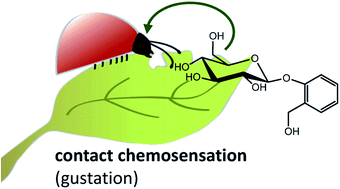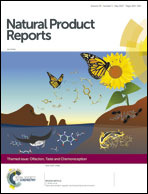Contact chemosensation of phytochemicals by insect herbivores
Abstract
Contact chemosensation, or tasting, is a complex process governed by nonvolatile phytochemicals that tell host-seeking insects whether they should accept or reject a plant. During this process, insect gustatory receptors (GRs) contribute to deciphering a host plant's metabolic code. GRs recognise many different classes of nonvolatile compounds; some GRs are likely to be narrowly tuned and others, broadly tuned. Although primary and/or secondary plant metabolites influence the insect's feeding choice, their decoding by GRs is challenging, because metabolites in planta occur in complex mixtures that have additive or inhibitory effects; in diverse forms composed of structurally unrelated molecules; and at different concentrations depending on the plant species, its tissue and developmental stage. Future studies of the mechanism of insect herbivore GRs will benefit from functional characterisation taking into account the spatio-temporal dynamics and diversity of the plant's metabolome. Metabolic information, in turn, will help to elucidate the impact of single ligands and complex natural mixtures on the insect's feeding choice.

- This article is part of the themed collection: Olfaction, Taste and Chemoreception


 Please wait while we load your content...
Please wait while we load your content...